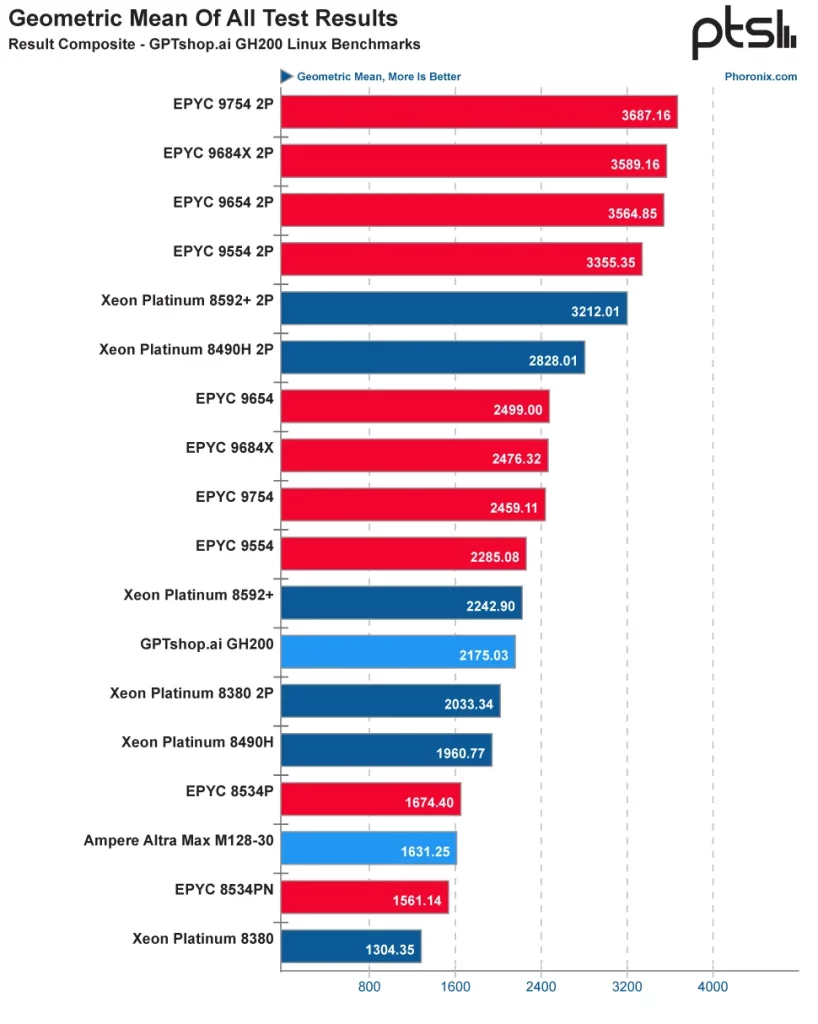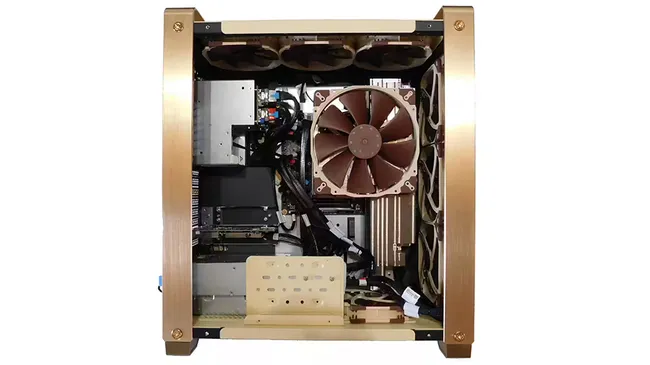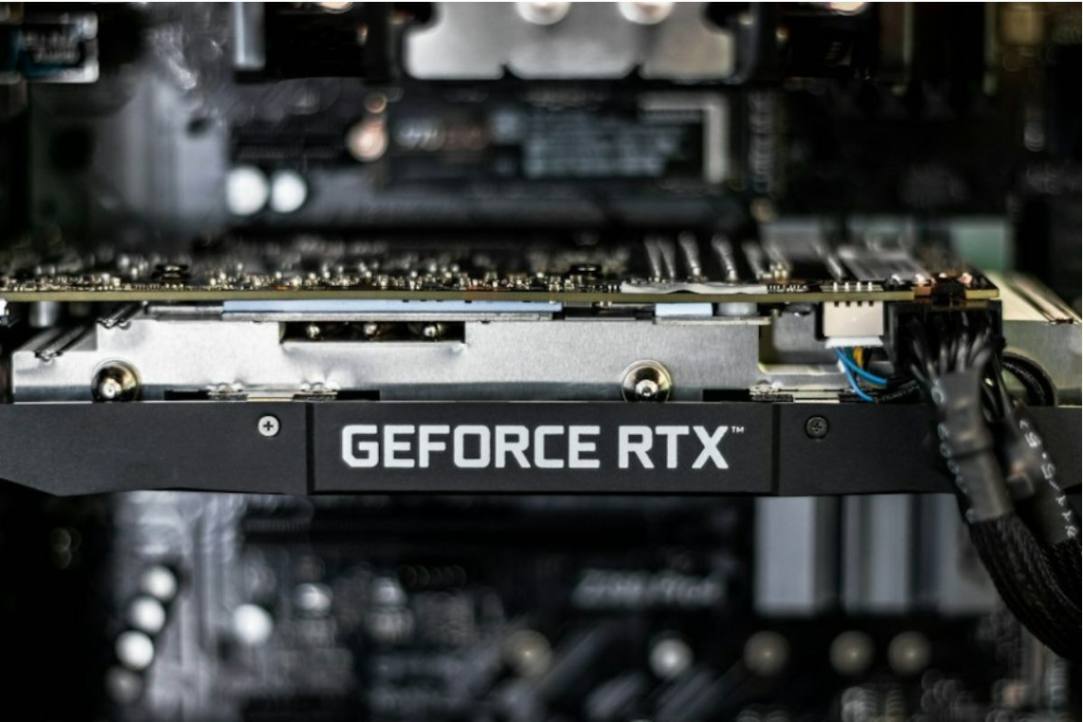Nvidia’s GH200 Grace Hopper Processor Unleashes Astonishing Speed in Benchmark Tests By
The anticipation surrounding Nvidia’s GH200 Grace Hopper processor has been met with concrete results as benchmarking tests unveil the impressive speed of this powerful processor. GPTshop.ai, in collaboration with Phoronix, conducted exhaustive benchmarking, offering a comprehensive look at the GH200’s performance against industry competitors.
Technical Prowess of Nvidia’s GH200:
Combining a formidable 72-core Grace CPU with the H100 Tensor Core GPU, the GH200 stands as a powerhouse in the processor landscape. Boasting support for up to 480GB of LPDDR5 memory and either 96GB of HBM3 or 144GB of HBM3e memory, the processor is a technological marvel. The Grace CPU, built on Arm Neoverse-V2 cores with 1MB of L2 cache each and a total of 117MB of L3 cache, contributes to its exceptional performance. The GH200 runs on standard AArch64 Linux distributions, with Phoronix opting for Ubuntu 23.10 and Linux 6.5 for benchmarking purposes. The tests included comparisons against Intel Xeon Scalable, AMD EPYC, and Ampere Altra Max processors.
CPU Performance Benchmarking:

The GPTshop.ai GH200 system underwent rigorous testing with 72 cores, a Quanta S74G motherboard, 480GB of RAM, and 960GB + 1920GB SAMSUNG SSD drives. Focusing initially on CPU performance, the benchmarks positioned the GH200 as a formidable contender in the processor arena. While power consumption data remains unavailable under Linux, the raw CPU performance numbers paint a promising picture. Phoronix’s benchmark results, available on their site, indicate that although the AMD EPYC 9754 secured a lead in some tests, the GH200 processor emerged victorious in specific benchmarks.
Implications and Future Prospects:
Summing up the findings, Phoronix notes, “On a geo mean basis across all the benchmarks conducted, the GH200 Grace CPU performance nearly matched the Intel Xeon Platinum 8592+ Emerald Rapids processor.” The Arm Neoverse-V2 based Grace CPU showcased superior speed compared to the 128-core Ampere Altra Max AArch64 server. The article concludes by expressing anticipation for future competition, especially from AmpereOne, as the Nvidia ARM CPU performance has evolved significantly from its early benchmarking days.
As the GH200 proves its mettle in benchmark tests, it sparks curiosity about its potential applications and contributions to the ever-evolving landscape of high-performance processors. The processor’s journey marks a significant milestone in Nvidia’s continuous pursuit of excellence in ARM-based performance.




